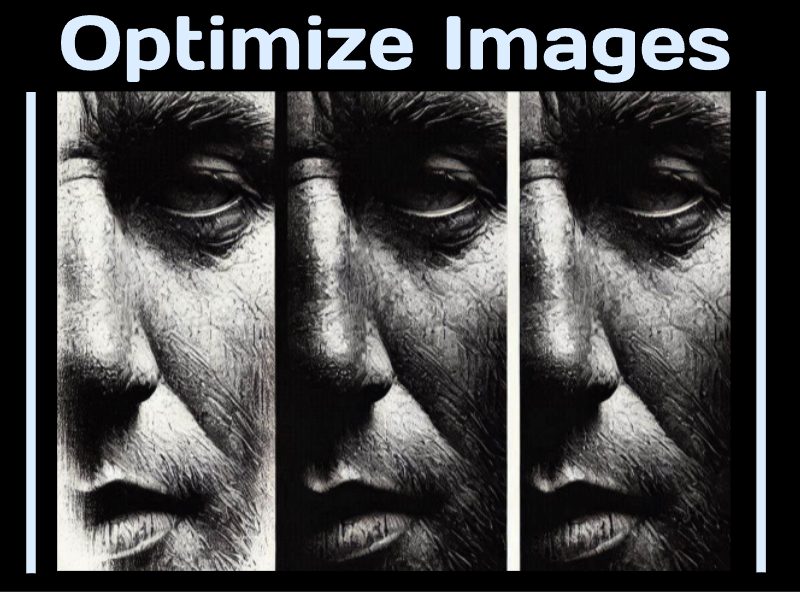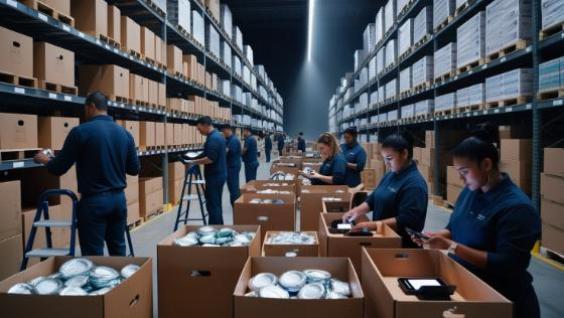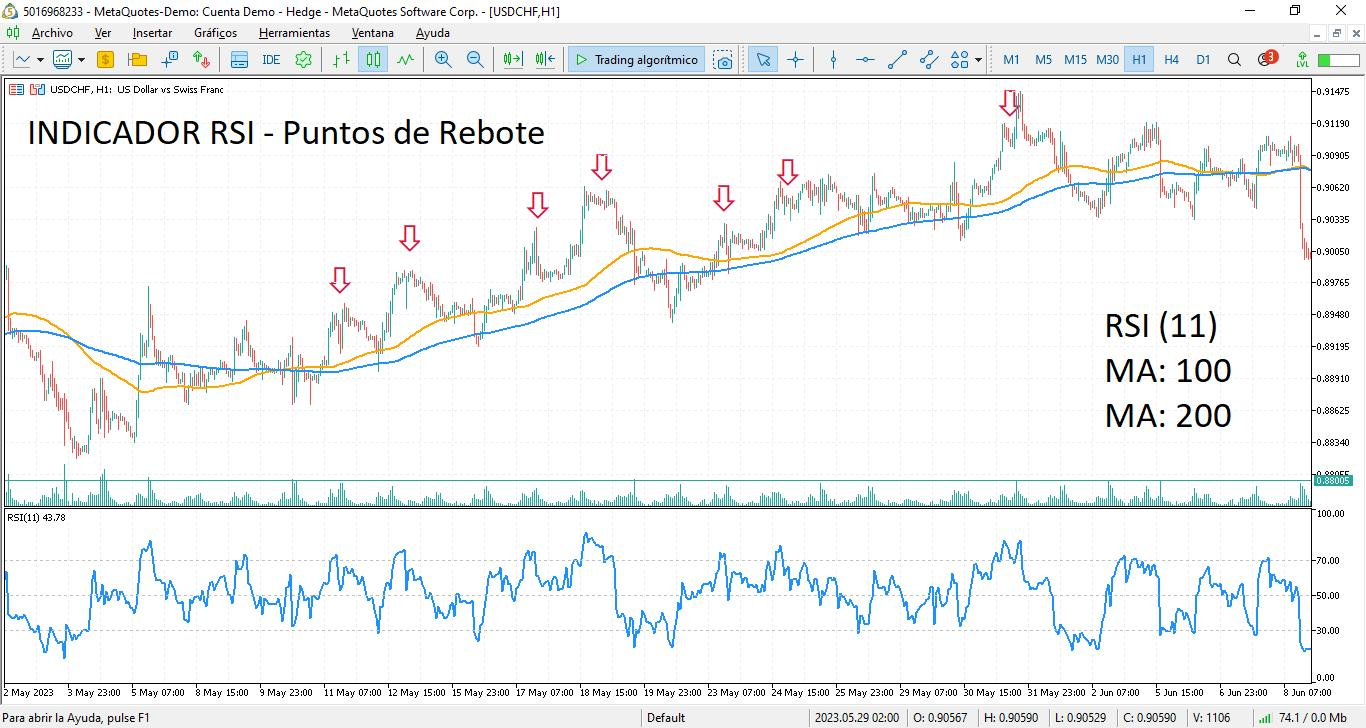How to Optimize Images for Your Website
Images are an essential part of any website: they make it more attractive, explain concepts visually, and can improve the user experience. But, if they're not well optimized, they can also make your page slow and consume more data, affecting the experience of your visitors.

What does optimizing images mean?
Optimizing images consists of reducing their size and weight without losing visual quality. This improves the loading speed of your site and reduces resource consumption, such as the server's bandwidth.
What are the best formats for web images?
WebP:
Advantages: It is the most efficient format. It compresses images up to 30% more than JPEG and PNG, without losing visible quality. Ideal for a fast and modern site.
Disadvantages: It is a relatively new format and some users may have problems opening or editing them outside the browser.
PNG:
Advantages: Offers high quality and transparency support. Perfect for logos, graphics, or images with text.
Disadvantages: The file size is usually larger than WebP or JPEG, especially for photos.
JPEG (or JPG):
Advantages: It's a classic for photos and images with many colors. It compresses well and is compatible with virtually all devices and programs.
Disadvantages: Quality can visibly decrease if compressed too much.
Steps to optimize your images
Choose the appropriate format:
- Use WebP if you're looking for efficiency and your audience doesn't need to download or edit the images.
- Use PNG for graphics and logos.
- Use JPEG for photographs or complex images.
Resize your images:
Don't upload images larger than necessary. For example, if your site displays images of 800x600 pixels, don't upload files of 4000x3000 pixels.
Compress them:
Use tools like TinyPNG or Squoosh to reduce the file size without losing quality.
Use a plugin or automatic tool:
If you use a CMS like WordPress, install a plugin like Smush or Imagify to automatically compress images when uploading.
Enable lazy loading:
This makes images load only when the user needs them, speeding up the initial loading of your page.
What about the user experience?
Although the WebP format is excellent for optimizing your site, remember that some users may find it difficult to download and edit this type of file. If your site needs users to download images (for example, in an online store), consider offering PNG or JPEG versions as well.
Smart optimization = better experience
A fast website not only improves the experience of your visitors, it also helps you rank better in search engines like Google. By optimizing your images, you achieve a perfect balance between visual quality and performance. It's a small effort that brings great benefits!
SVG The forgotten giant
The animated image above is made in SVG, hence it only weighs 45KB.
The SVG format is much more than a vector image format. It's a superformat capable of:
Scaling without losing quality
SVG is ideal for logos, icons, and graphics because it adapts to any size without pixelating.
Creating animations:
- You can animate elements within an SVG using CSS, JavaScript, or even without additional code.
- Example: text that changes color, shapes that move when the mouse is hovered over, or interactive graphics.
Light weights:
- Animations in SVG are usually much lighter than a GIF or a video.
- An animated banner in SVG can weigh a fraction of what it would in other formats.
Interactive responses:
SVG allows animations that respond to user interaction, such as moving the mouse or clicking.
Why doesn't Google want SVG so much?
Although the SVG format has enormous technical advantages, Google does not rank SVG images well in search results. That's why many pages create rasterized versions (JPEG or PNG) of their SVG images so that Google can index them.
If you need an SVG image to rank, here are some tips:
- Make sure to include a clear and relevant alternative description (alt text).
- Consider using a rasterized version (JPEG or PNG) so that Google can "see" something more recognizable.
When to use SVG and when not to
Use SVG for:
- Logos, icons, graphics, and animated elements.
- Light animations and interactive banners.
- Designs that need to be scalable.
Avoid SVG for:
Photographs or complex images, as the format is not efficient for this type of content.





